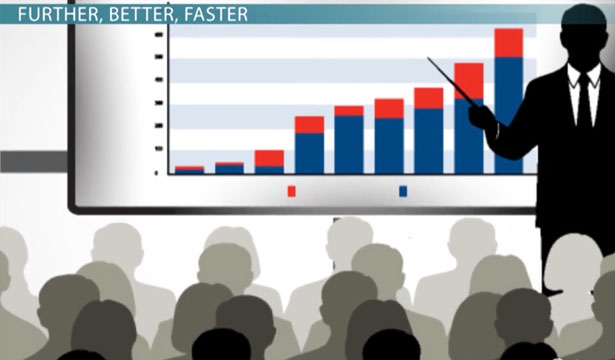
Basic Concepts Revolving around Quality Control
Quality inspection is a process that checks whether products received from the manufacturing team or company meet previouslystated specifications. When running a business, it is important to check the functionality and quality of products before shipping them. Businesses feel the need to inspect products because bad quality products directly affect their business reputation.
Quality inspection is a comprehensive process consisting of several protocols and drills. Most companies prefer to outsource because it is cost-effective than maintaining an in-house staff. It is always better to know the concepts that revolve around inspection and quality control services.
• Inspection Levels – Shipments are the representation of several products those are clubbed together. It is always advised to have random inspections and for that, you need to have a random sample of products. This random sample needs to be inspected following all steps and protocols as is common in inspection processes. Random sample selection is effective because all products have a fair chance of getting selected for inspection. Special inspections are conducted depending upon the product type and the intensity of the situation. The special inspection takes up more time as compared to routine inspection. Unfortunately, it leads to product damage since materials used in making the product also need to be checked.
• Acceptance Quality Limit – The next phase in quality control and inspection can be understood through AQL (Acceptance Quality Limit). This fact helps us know that there is no concept of zero defects in products. There are a certain proportion of defects that is tolerated in the consumer market. The acceptable proportion of defects completely depends on products or services you are selling. Gray areas in inspection processes lead to tampering results and corruption. So, be clear about the limit to which defects are acceptable in that business. Suppliers need to have a clear idea about their defects acceptability percentage to get best products in the business.
• Inspection Phase – Professional quality inspectors need to know about various phases in the inspection. An insight on all those phases will prove to be helpful for professionals and manufacturers as well.
o Pre-Production Inspection – This is the first stage in inspection when you need to check raw materials and components used in making products. Buying cheap materials seem to be profitable for the manufacturing company. But you need to take control and prevent that from happening.
o During Production Inspection – Production processes involve several methods that go into making the products. It is important for the professional inspection team to scrutinize and check all the stages of production to be sure of the quality and functionality of products.
o Pre-Shipment Inspection – Inspecting products and goods after they are ready and packed is part of the quality control step. Inspectors need to check the details minutely and confirm that the packed products have met the standard protocols.
o Loading Supervision – Loading products for shipping has its own set of rules and guidelines. The inspection team needs to supervise the entire loading process to check that the guidelines are being followed.
Insights and clarity on these concepts are sure to help manufacturing teams and enterprises to know about the inspection stages involved from manufacturing products to shipping them.
RECENT POSTS
- Mastering Pre-Shipment Inspections for Quality Assurance
- 6 Common Mistakes To Avoid in Pre-Shipment Inspections
- The Role of Quality Control Companies in Ensuring Product Safety and Compliance
- How to Ensure Premium Quality Imports from China with Strategic Quality Management
- The Future of Quality Control for Philippine Industries



